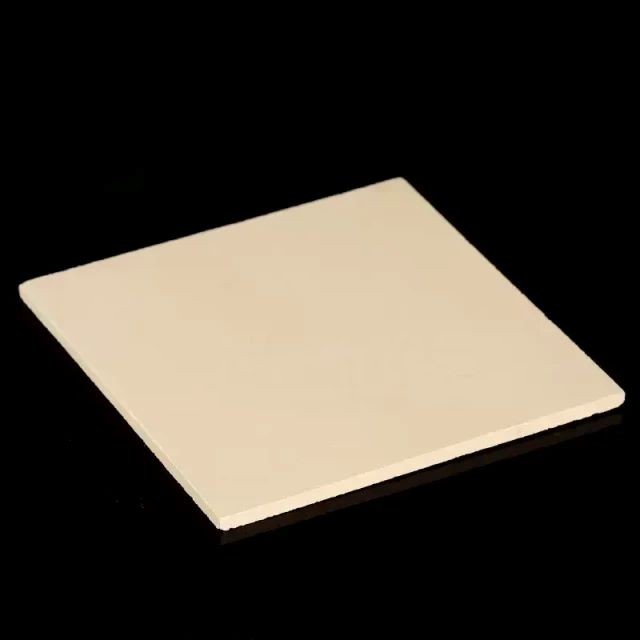
fine ceramics
Precision Machined Yttria Stabilized Zirconia Ceramic Plate for Engineering Advanced Fine Ceramics
Item Number : KM-G02
Price varies based on specs and customizations
- Material
- Zirconia (ZrO2)
- Specification
- Customizable
Shipping:
Contact us to get shipping details Enjoy On-time Dispatch Guarantee.
Why Choose Us
Reliable PartnerEasy ordering process, quality products, and dedicated support for your business success.
Application
Zirconia ceramics, also known as zirconia (ZrO2) ceramics, is a new type of high-tech ceramics, which has the highest room temperature toughness and strength among all advanced ceramic materials. It also has excellent thermal insulation and low thermal conductivity. Zirconia has the highest room temperature strength and toughness among all advanced ceramic materials, high strength, wear resistance and flexibility, far exceeding most other precision engineering ceramics. When enough stabilizers are added, the high-temperature stable c-ZrO2 can be maintained until room temperature without phase transition. Therefore, conventional zirconia ceramics are zirconia ceramics with different stabilizers added, not pure zirconia products. Adding different contents and types of stabilizers can make zirconia ceramics used in different fields.
- Structural ceramic parts: dispersion, grinding media, nozzles, ball valve seats, molds, etc.
- Functional ceramic elements: induction heating tubes, refractories, heating elements.
- Engineering Parts: Bolts, Nuts, Wrecking Balls.
- Fiber Optic Connector Assemblies: Precise and reliable connections in fiber optics.
- Ceramic Blade: Excellent hardness and sharpness for cutting applications.
- Pumps, Pistons and Liners: Wear and corrosion resistant components.
- Precision ball valve ball and seat: reliable performance in the valve.
- Cutting blades and knives: hardness and wear resistance for efficient cutting.
- Solder pins: electrical insulation and high temperature resistance in electronic devices.
- Fiber Ferrules and Ferrules: Precise alignment and connection of optical fibers.
- Bearings and rollers: low friction, high hardness, corrosion resistance.
- Ceramic guide rails: wear-resistant guide rails for various industries.
- Automotive Cooling Substrates: Thermal insulation in automotive systems.
- Sustainable Energy: Applications in Fuel Cells and Electrolyzers.
- LED Package: Thermal insulation and mechanical support for the LED.
Detail & Parts
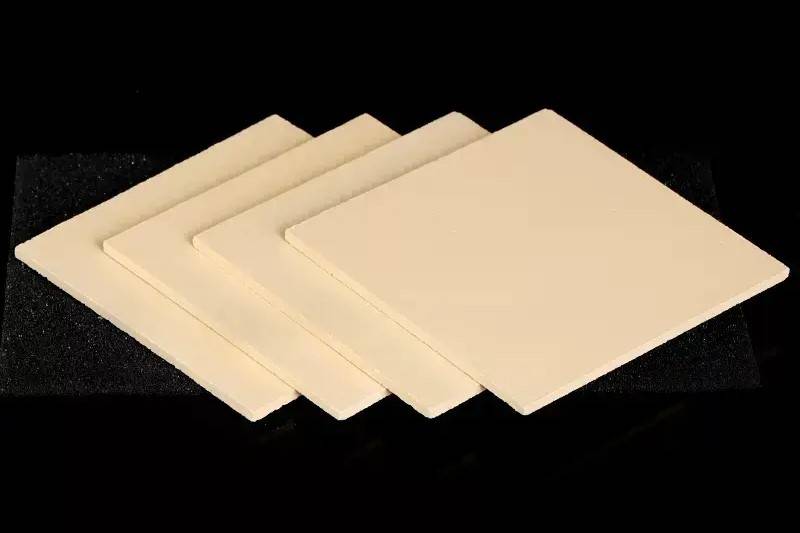
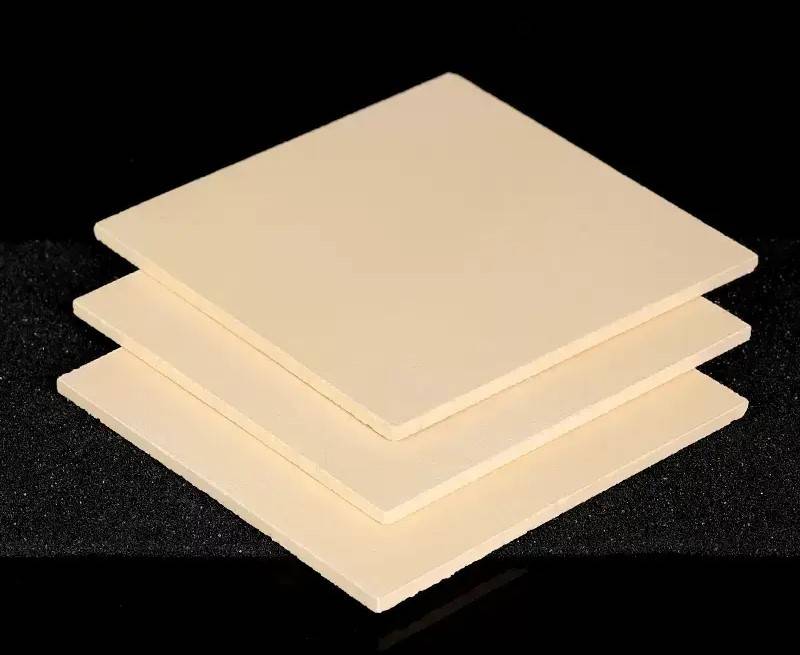
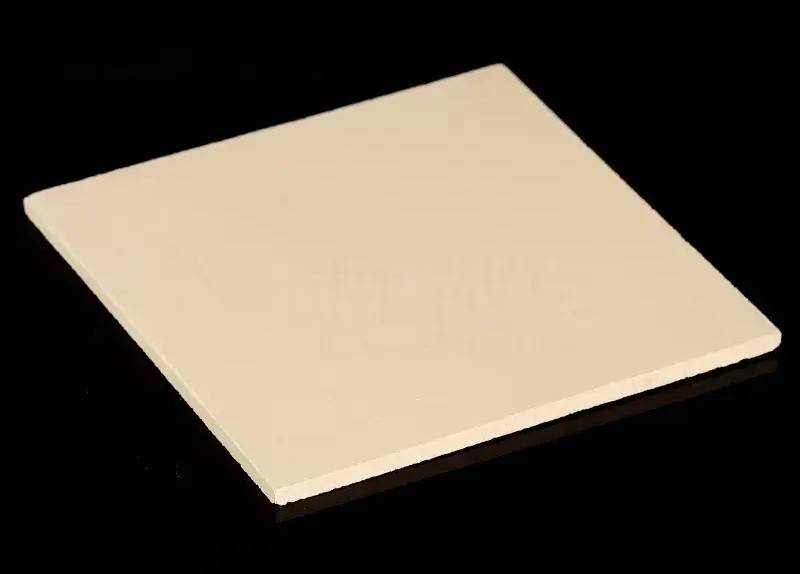
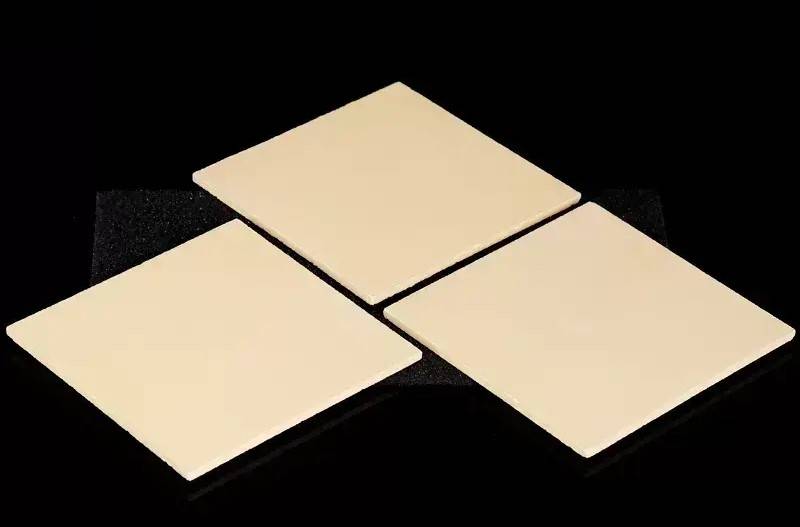

The produce we show are available in different sizes and custom sizes are available on request.
Advantages
- Highest fracture toughness among technical ceramics.
- High mechanical strength and hardness.
- Very good abrasion resistance.
- Good acid and alkali resistance.
- Low thermal conductivity.
- Connection compatibility with steel.
- Excellent electrical insulation.
FAQ
What Are Advanced Ceramics?
What Are Engineering Ceramics?
What Are The Main Applications Of Fine Ceramics?
The Difference Between Zirconia And Alumina.
What Are The Main Types Of Advanced Ceramics?
What Are The Main Types Of Engineering Ceramics?
What Are The Main Types Of Fine Ceramics?
What Are The Applications Of Advanced Ceramics?
What Are The Applications Of Engineering Ceramics?
What Is The Principle Behind Fine Ceramics?
How Are Advanced Ceramics Manufactured?
How Do Engineering Ceramics Differ From Traditional Ceramics?
What Are The Advantages Of Using Fine Ceramics?
What Are The Advantages Of Using Advanced Ceramics?
What Are The Advantages Of Using Alumina Ceramics?
What Is The Difference Between Alumina And Zirconia Ceramics?
Why Are Zirconia Ceramics Preferred In Certain Applications?
Why Are Silicon Carbide Ceramics Used In High-temperature Applications?
What Makes Silicon Carbide Ceramics Suitable For High-temperature Applications?
What Makes Boron Nitride Ceramics Unique?
How Are Boron Nitride Ceramics Used In Electronics?
How Do Advanced Ceramics Contribute To Energy Efficiency?
What Is The Manufacturing Process Of Engineering Ceramics?
Can Engineering Ceramics Be Customized For Specific Applications?
4.7
out of
5
Zirconia Ceramic Plate is a great product for its cost. I would highly recommend it to anyone looking for a precision-machined plate.
4.9
out of
5
The zirconia ceramic plate delivered within the estimated delivery time. I'm very impressed with how they handled my order.
4.9
out of
5
The zirconia ceramic plate is a great value for the price. I'm very satisfied with my purchase.
4.8
out of
5
The zirconia ceramic plate is made of high quality. I'm very impressed with the quality of the product.
4.8
out of
5
The zirconia ceramic plate is very durable. I'm very satisfied with the durability of the product.
4.9
out of
5
This plate is a great choice for anyone looking for a high-tech solution for their projects.
4.9
out of
5
The zirconia ceramic plate is very easy to use. I'm very impressed with how simple it is to use.
4.8
out of
5
KINTEK SOLUTION provides great customer service. I'm very satisfied with the customer service of the company.
4.6
out of
5
The zirconia ceramic plate is a great product for its cost. I would highly recommend it to anyone looking for a precision-machined plate.
4.8
out of
5
The zirconia ceramic plate delivered within the estimated delivery time. I'm very impressed with how they handled my order.
4.7
out of
5
The zirconia ceramic plate is a great value for the price. I'm very satisfied with my purchase.
4.9
out of
5
The zirconia ceramic plate is made of high quality. I'm very impressed with the quality of the product.
4.6
out of
5
The zirconia ceramic plate is very durable. I'm very satisfied with the durability of the product.
4.8
out of
5
The zirconia ceramic plate is very easy to use. I'm very impressed with how simple it is to use.
4.9
out of
5
KINTEK SOLUTION provides great customer service. I'm very satisfied with the customer service of the company.
4.8
out of
5
The zirconia ceramic plate is a great choice for anyone looking for a high-tech solution for their projects.
REQUEST A QUOTE
Our professional team will reply to you within one business day. Please feel free to contact us!
Related Products

Precision Machined Yttrium Stabilized Zirconia Ceramic Rod for Engineering Advanced Fine Ceramics
Zirconia ceramic rods are prepared by isostatic pressing, and a uniform, dense and smooth ceramic layer and transition layer are formed at high temperature and high speed.

Precision Machined Zirconia Ceramic Ball for Engineering Advanced Fine Ceramics
zirconia ceramic ball have the characteristics of high strength, high hardness, PPM wear level, high fracture toughness, good wear resistance, and high specific gravity.

Alumina ceramics have good electrical conductivity, mechanical strength and high temperature resistance, while zirconia ceramics are known for their high strength and high toughness and are widely used.

Zirconia Ceramic Gasket Insulating Engineering Advanced Fine Ceramics
Zirconia insulating ceramic gasket has high melting point, high resistivity, low thermal expansion coefficient and other properties, making it an important high temperature resistant material, ceramic insulating material and ceramic sunscreen material.
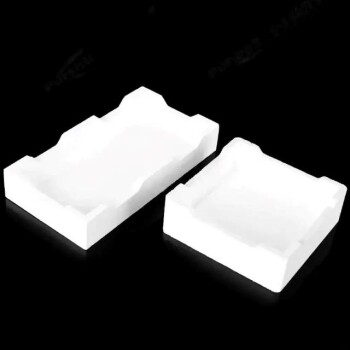
Advanced Engineering Fine Ceramics Alumina Ceramic Saggar for Fine Corundum
Alumina sagger products have the characteristics of high temperature resistance, good thermal shock stability, small expansion coefficient, anti-stripping, and good anti-powdering performance.

Advanced Engineering Fine Ceramics Boron Nitride (BN) Ceramic Parts
Boron nitride ((BN) is a compound with high melting point, high hardness, high thermal conductivity and high electrical resistivity. Its crystal structure is similar to graphene and harder than diamond.

Engineering Advanced Fine Ceramics Head Tweezers with Pointed Elbow Zirconia Ceramic Tip
Zirconia ceramic tweezers are a high-precision tool made of advanced ceramic materials, especially suitable for operating environments that require high precision and corrosion resistance. This type of tweezers not only has excellent physical properties, but is also popular in the medical and laboratory fields because of its biocompatibility.

Advanced Engineering Fine Ceramics Aluminum Nitride (AlN) Ceramic Sheet
Aluminum nitride (AlN) has the characteristics of good compatibility with silicon. It is not only used as a sintering aid or reinforcing phase for structural ceramics, but its performance far exceeds that of alumina.

In the journey of scientific exploration and industrial production, every detail is crucial. Our arc-shaped alumina ceramic crucibles, with their excellent high temperature resistance and stable chemical properties, have become a powerful assistant in laboratories and industrial fields. They are made of high-purity alumina materials and manufactured through precision processes to ensure excellent performance in extreme environments.

Precision Machined Silicon Nitride (SiN) Ceramic Sheet for Engineering Advanced Fine Ceramics
Silicon nitride plate is a commonly used ceramic material in the metallurgical industry due to its uniform performance at high temperatures.
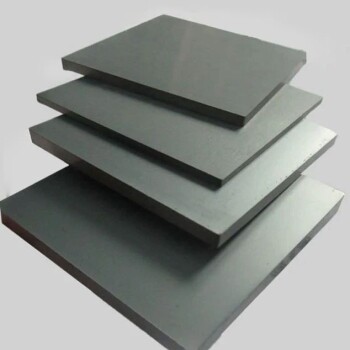
Silicon Carbide (SIC) Ceramic Plate for Engineering Advanced Fine Ceramics
Silicon nitride (sic) ceramic is an inorganic material ceramic that does not shrink during sintering. It is a high-strength, low-density, high-temperature-resistant covalent bond compound.

Alumina ceramic screws are fastening components made of 99.5% alumina, ideal for extreme applications requiring excellent thermal resistance, electrical insulation and chemical resistance.

High Temperature Wear-Resistant Alumina Al2O3 Plate for Engineering Advanced Fine Ceramics
High temperature wear-resistant insulating alumina plate has excellent insulation performance and high temperature resistance.

High Purity Alumina Granulated Powder for Engineering Advanced Fine Ceramics
Ordinary alumina granulated powder is alumina particles prepared by traditional processes, with a wide range of applications and good market adaptability. This material is known for its high purity, excellent thermal stability and chemical stability, and is suitable for a variety of high-temperature and conventional applications.

High Temperature Alumina (Al2O3) Furnace Tube for Engineering Advanced Fine Ceramics
High temperature alumina furnace tube combines the advantages of high hardness of alumina, good chemical inertness and steel, and has excellent wear resistance, thermal shock resistance and mechanical shock resistance.

High Temperature Aluminum Oxide (Al2O3) Protective Tube for Engineering Advanced Fine Ceramics
Alumina oxide protective tube, also known as high temperature resistant corundum tube or thermocouple protection tube, is a ceramic tube mainly made of alumina (aluminum oxide).

Conductive Boron Nitride BN Ceramics Composite for Advanced Applications
Due to the characteristics of boron nitride itself, the dielectric constant and dielectric loss are very small, so it is an ideal electrical insulating material.

Dental Porcelain Zirconia Sintering Ceramic Vacuum Press Furnace
Get precise dental results with Dental Vacuum Press Furnace. Automatic temperature calibration, low noise tray, and touch screen operation. Order now!

Dental Porcelain Zirconia Sintering Ceramic Furnace Chairside with Transformer
Experience top-notch sintering with Chairside Sintering Furnace with Transformer. Easy to operate, noise-free pallet, and automatic temperature calibration. Order now!
Related Articles

The Latest Advancements in Zirconia Sintering Furnaces for Dental Applications
Zirconia sintering furnaces are designed to give dental professionals the ability to create dental restorations with the highest level of precision and accuracy.

Top 5 Features of a High-Quality Zirconia Sintering Oven
Investing in a high-quality sintering oven is crucial for dental laboratories that want to produce high-quality zirconia restorations consistently.

Understanding the Process and Benefits of Zirconia Ceramic Cold Isostatic Pressing
Cold Isostatic Pressing (CIP) is a fascinating process that offers numerous benefits in the field of ceramic manufacturing. CIP involves the use of a high-pressure pump to generate isotropic uniform pressure on a ceramic material. The resulting uniform pressure distribution leads to enhanced density and high strength of the final product.

Unlocking the Power of Optical Quartz Plates: Applications and Benefits
Delve into the world of optical quartz plates, exploring their exceptional properties, diverse applications in industries like optics, electronics, and more. Discover their advantages, including low thermal expansion, high temperature resistance, and precise optical clarity.

Unveiling the Exceptional Properties and Applications of Optical Quartz Plates
Discover the remarkable characteristics and diverse applications of optical quartz plates, including their superior ultraviolet transmission, thermal stability, and use in lenses, lighting devices, and semiconductor manufacturing.

Isostatic Pressing of Ceramics: Process and Precision
When it comes to producing high-quality ceramic components, one of the most crucial processes is isostatic pressing. This technique ensures the uniformity and precision required for manufacturing ceramics used in various industries. Isostatic pressing involves carefully selecting the pressing powders and controlling the tools to achieve the desired uniformity. By understanding the process of isostatic pressing, manufacturers can ensure the production of ceramics that meet the strict standards of dimensional accuracy and performance.

An In-depth Study of Isostatic Presses: Types, Applications, and Advantages
Isostatic presses play a crucial role in various industries, offering unique capabilities for material consolidation and product creation. These powerful machines apply equal pressure from all directions, resulting in products with uniform density and reduced defects. Isostatic presses are divided into two main types: Cold Isostatic Presses (CIP) and Hot Isostatic Presses (HIP). Each type functions under different conditions, allowing for a wide range of applications.

Dental Furnaces The Perfect Solution for Porcelain Processing
The dental furnaces are designed explicitly for the firing process of dental porcelain, which is a crucial step in the dental restoration process.

Comprehensive Overview of Zirconia Ceramic Materials
A detailed exploration of zirconia ceramics, including properties, history, preparation, molding, sintering, and applications.

Understanding Quartz Electrolytic Cells: Applications, Mechanisms, and Advantages
Explore the detailed workings, applications, and benefits of quartz electrolytic cells in various industries. Learn how these cells facilitate precise chemical reactions and their role in high-purity metal production.

Zirconia Ceramic Sintering Processes and Common Issues
An in-depth look at various sintering methods for zirconia ceramics and common problems encountered during the process.

Nine Precision Molding Processes of Zirconia Ceramics
An overview of nine advanced molding processes for zirconia ceramics, including dry and wet methods.